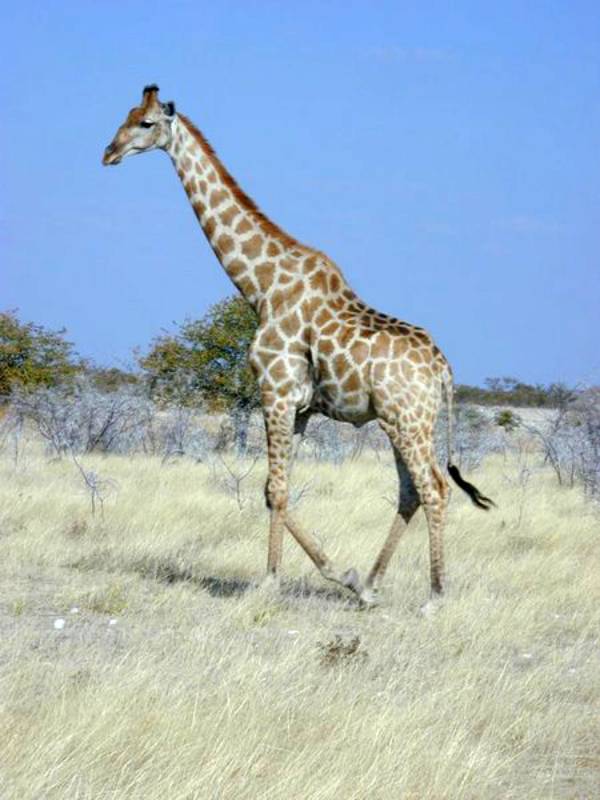
Sugar glider
The sugar glider lives in the rainforests of Australia. It is a nocturnal animal, during the day they rest in trees and is active at night. It is like a possum that has two flaps of thin skin connected to its four thumbs and body(pictures). It has four toes to grasp the tree. It moves around from tree to tree by using its hind legs to launch itself from the tree and then glide using the flap of skin to another tree, it uses its long furry tail to steer. This helps it stay away from predators on the ground and it could help it get away from predators that can't fly. http://www.cartage.org.lb/en/themes/sciences/zoology/ClassMammalia/Mammals/OrderDiprotodontia/SugarGlider/sugarglider.jpg
Sloth
 These slow moving mammals live in the rainforests of south and central America. They are nocturnal animals that spend most of their lives hanging upside down on branches of trees. They have strong curved claws to grip the branches. Their slowness makes them virtually impossible to spot because they blend into the background. They also have algae encrusted on their fur which provides camouflage and when the sloth licks it gives them nutrients. They don't need to eat or drink very much because of their low body temperature.
These slow moving mammals live in the rainforests of south and central America. They are nocturnal animals that spend most of their lives hanging upside down on branches of trees. They have strong curved claws to grip the branches. Their slowness makes them virtually impossible to spot because they blend into the background. They also have algae encrusted on their fur which provides camouflage and when the sloth licks it gives them nutrients. They don't need to eat or drink very much because of their low body temperature. Emerald tree boa
This snake lives in the amazon. It hunts at night and with its tongue which senses odors and its upper lip that has heat sensors hunts its prey. They use their teeth to catch the prey and then using its body squeezes it to death. Its jaws have stretch ligaments that let it swallow things that are wider than itself. As you can tell from its name it is very green which provides perfect camouflage in the tree canopy.
upper lip that has heat sensors hunts its prey. They use their teeth to catch the prey and then using its body squeezes it to death. Its jaws have stretch ligaments that let it swallow things that are wider than itself. As you can tell from its name it is very green which provides perfect camouflage in the tree canopy.
 upper lip that has heat sensors hunts its prey. They use their teeth to catch the prey and then using its body squeezes it to death. Its jaws have stretch ligaments that let it swallow things that are wider than itself. As you can tell from its name it is very green which provides perfect camouflage in the tree canopy.
upper lip that has heat sensors hunts its prey. They use their teeth to catch the prey and then using its body squeezes it to death. Its jaws have stretch ligaments that let it swallow things that are wider than itself. As you can tell from its name it is very green which provides perfect camouflage in the tree canopy. Leopard
 These big cats are widely distributed animals. There are many different variations of leopards i.e. clouded leopard, snow leopard, panther, etc. They are fast runners so the can catch their prey or escape from humans hunting. They are good swimmers too. They are wonderful tree climbers (pictured)and would hide their food in a tree to protect it from land scavengers. They have long retractable claws to grip the trees and to grip their prey. They can also maintain their balance in a tree because they have long tails. Their spotted coats provide good camouflage in the rainforest background.
These big cats are widely distributed animals. There are many different variations of leopards i.e. clouded leopard, snow leopard, panther, etc. They are fast runners so the can catch their prey or escape from humans hunting. They are good swimmers too. They are wonderful tree climbers (pictured)and would hide their food in a tree to protect it from land scavengers. They have long retractable claws to grip the trees and to grip their prey. They can also maintain their balance in a tree because they have long tails. Their spotted coats provide good camouflage in the rainforest background. 








